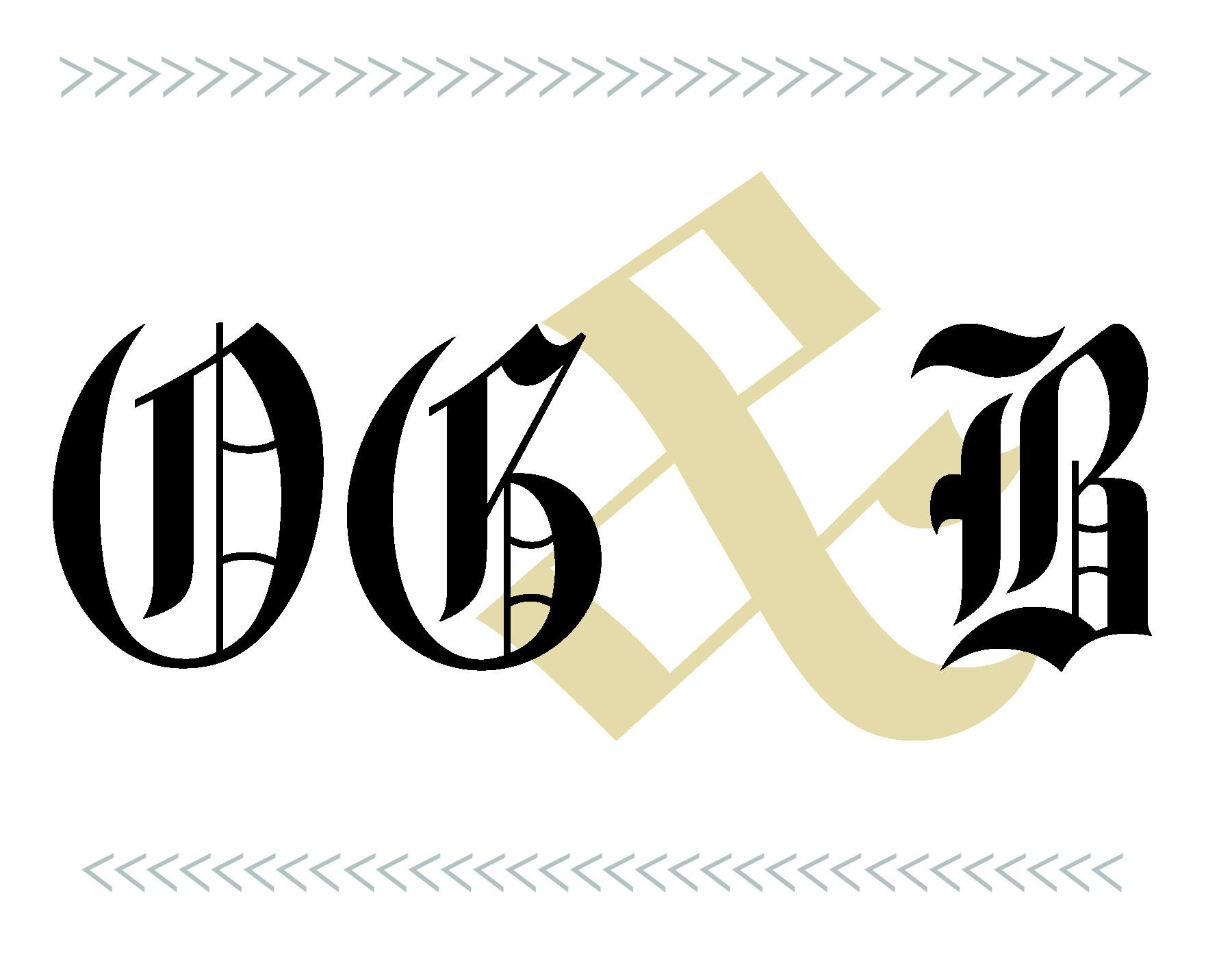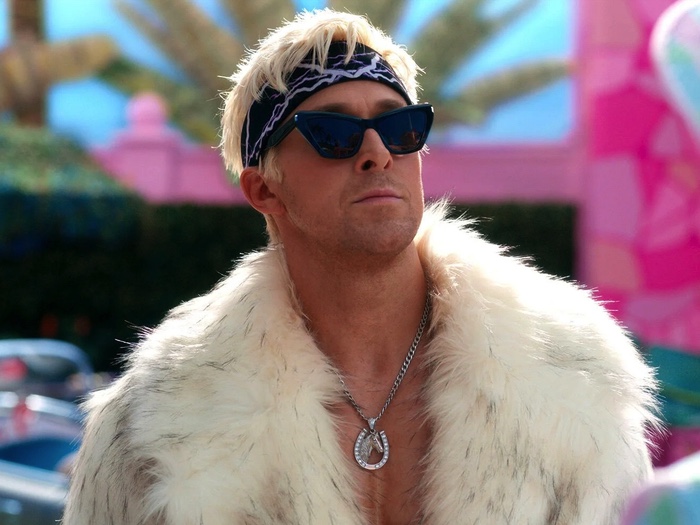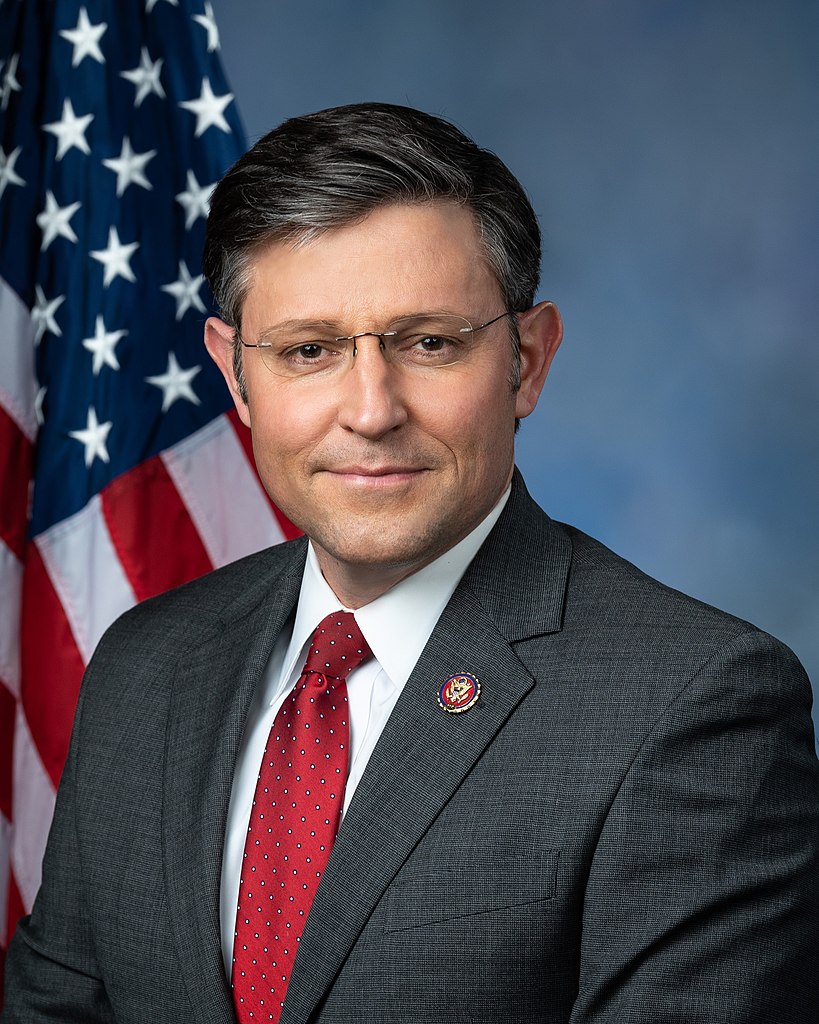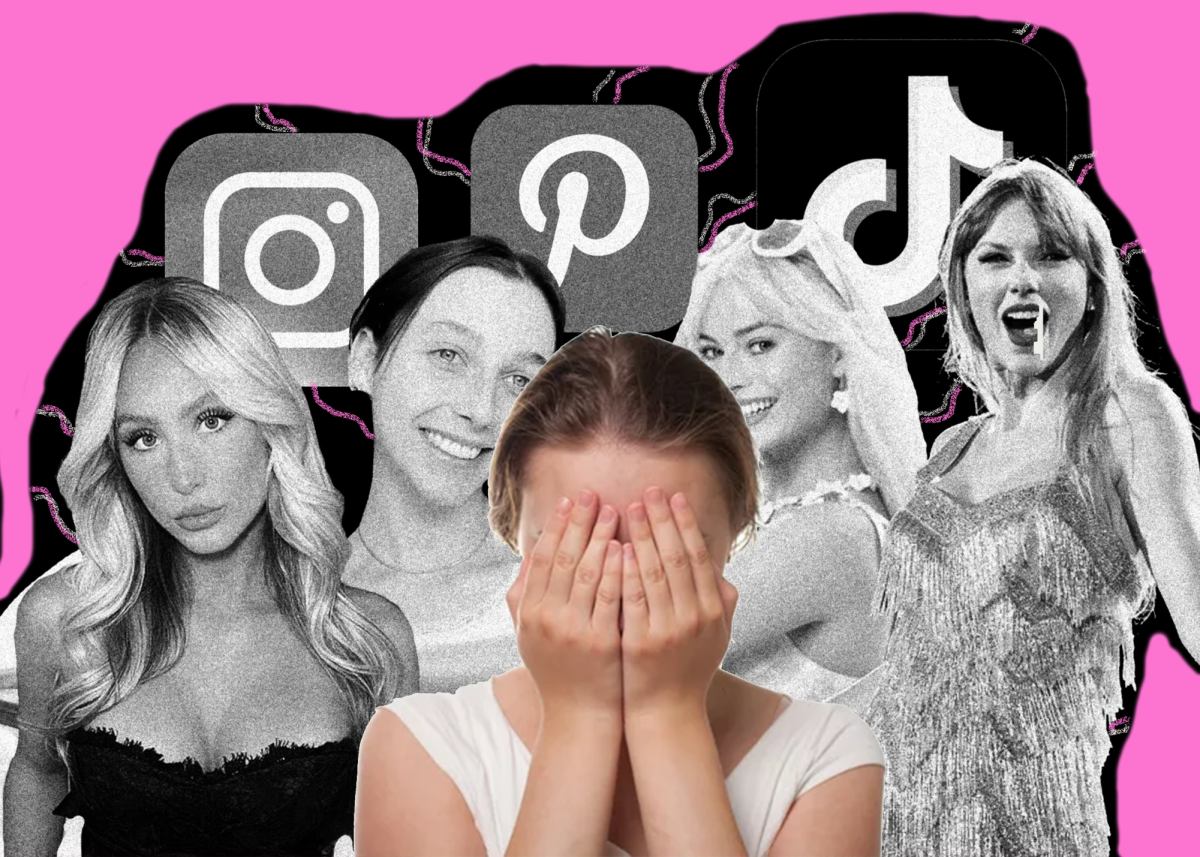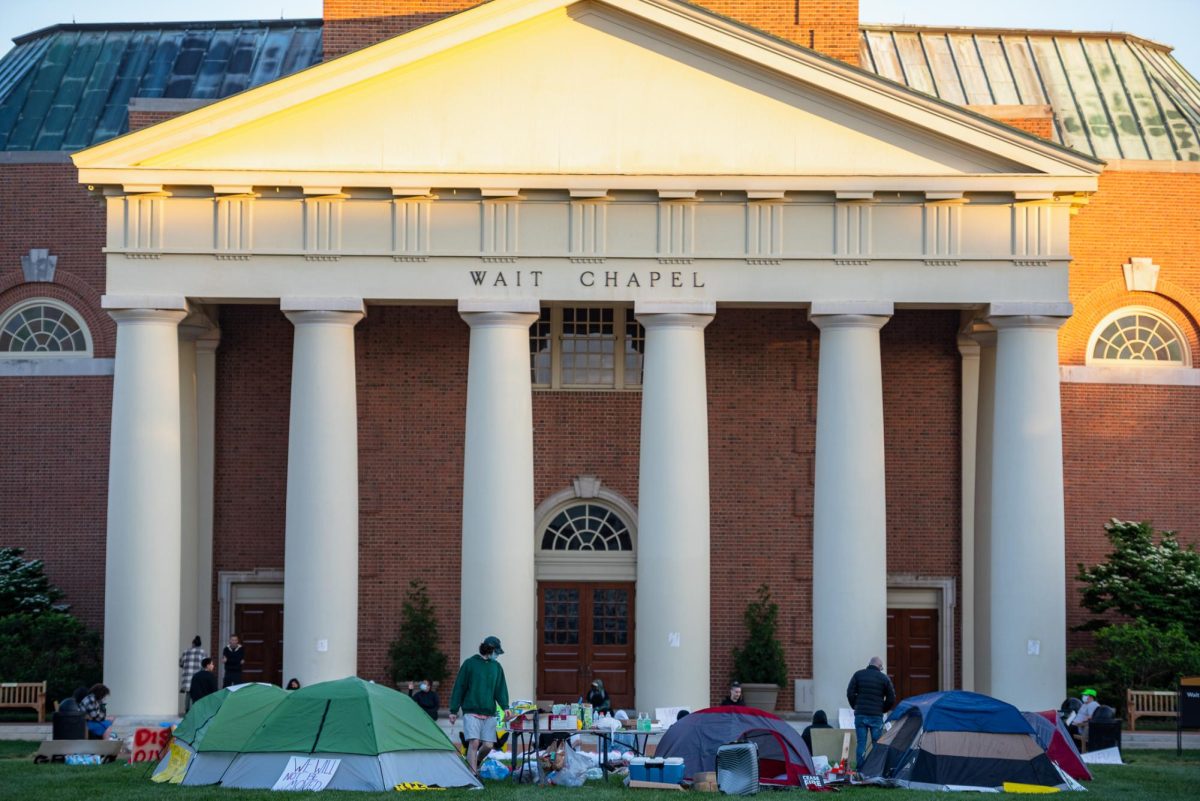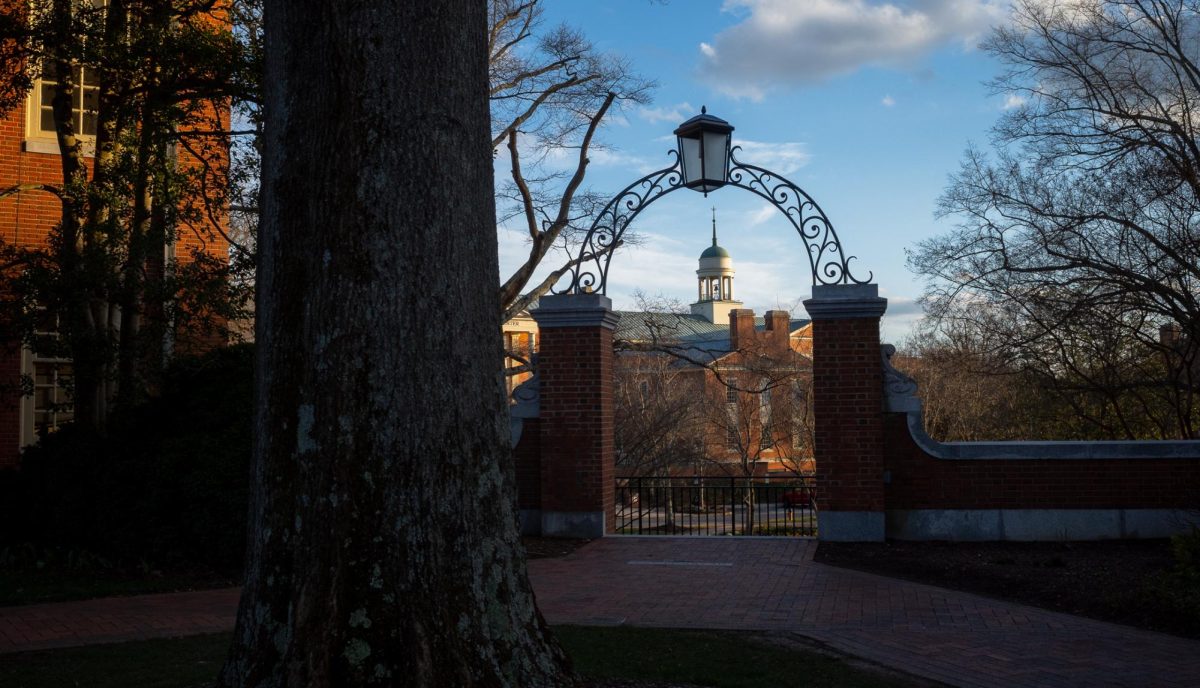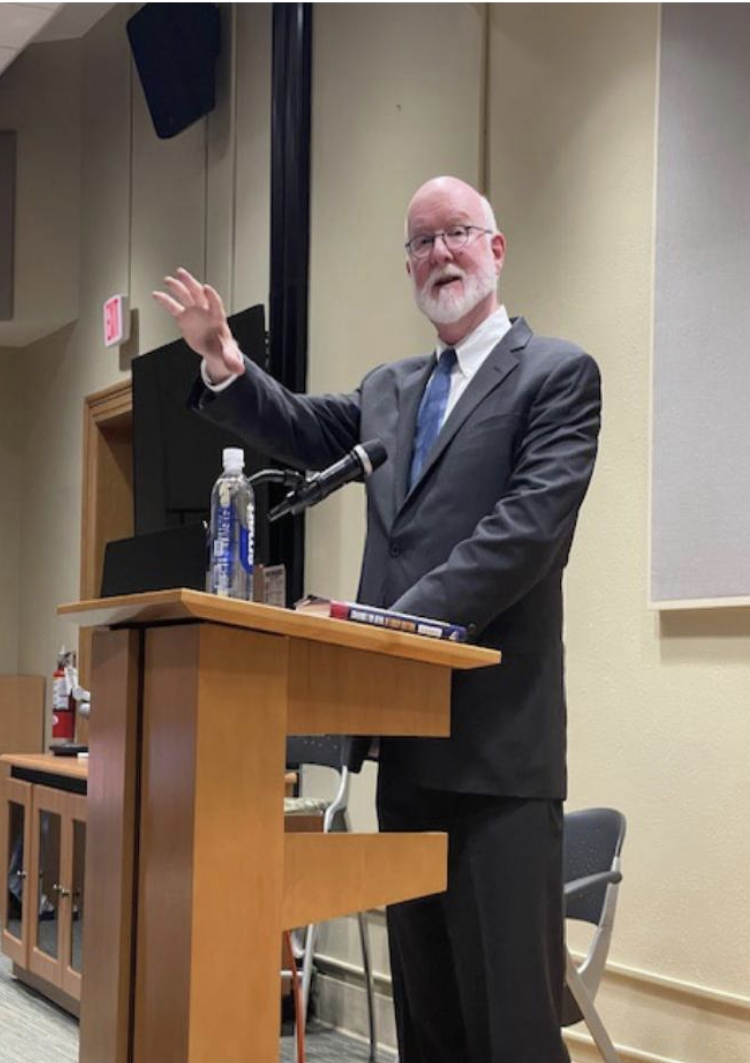Contrary to popular belief, humanity has yet to completely vanquish the once all-encompassing paradigm of “nasty, brutish and short” imposed by Mother Nature. This antiquated model, in which one struggles for survival through day-to-day life, is becoming more obsolete each day; globally, the number of people struggling to fulfill their most basic Maslow-designated needs is steadily shrinking.
The Wake Forest student body aptly embodies this phenomenon, as indicated by the price tag of over $50,000. However, “Work Forest” also embodies nature’s harsh paradigm in a modern manifestation: we students view the notion of a sleepless night to be unremarkable and consider countless hours spent studying or practicing in line with expectation. While we no longer struggle to maintain our basic needs for nutrition and shelter, most of us reflexively allow our vocations and aspirations to supersede any conceivable innate desires for comfort. We don’t ignore personal needs like cleanliness or health the way humans from ancient times did, but we still prioritize our vocational duties. The hunt for careers has essentially replaced the primitive struggle for survival: instead of spears and clubs, we have Macbook Airs and LinkedIn.
Of course, many of our aspirations, whether they exist in the realms of STEM, liberal arts or the bank, are relying on the principle of delayed gratification. Our goals are, in the most general sense, the same. We seek better the lives of others, to follow our passions and our interests and to ensure a prosperous future for ourselves and our children. Nearly all idealized vocations or career aspirations promise a light at the end of the tunnel, whether it be fame or fortune or even the satisfaction inherent in enriching the lives of others.
There is one occupational ambition, however, that does not fit neatly into this paradigm: art. The artist faces a notoriously thankless career path and a conceivable lifetime of rejection and fruitless effort, all in the hopes of admission to the ranks of a privileged, exalted few. An artist’s ambition rarely materializes past a kindergartner’s “what I want to be when I grow up” drawing and is oft-crushed by many a practical parent to protect their bright offspring from the expected dismal future of the unlucky art student: a cashier at McDonalds.
One of the reasons for the seemingly inescapable futility of the artist’s career is entrenched in the demand. Something about art is undeniably attractive, and there simply isn’t enough room on the planet to hold the masses of galleries, exhibits and picture frames necessary to showcase the work of all the hopeful muse-worshippers.
What about this unprofitable practice is so alluring and seductive? It could be partially because art is distinctly human. Although elephants in captivity have been trained to hold brushes and draw lines on canvases and the 1960s sported a mild craze for the abstract renderings of chimpanzees, it is still the case that art has yet to be birthed without some form of human direction or supervision. The male Bowerbird comes close to breaking this rule, as it constructs an elaborate structure out of twigs decorated with shiny objects, but this serves a practical purpose as a part of the species’ elaborate courtship procedure. Only humans can create true art, for true art exists for its own sake.
Artwork serves no practical purpose, and thus many people consider it to be a waste of time. It has no bearing on personal or tribal survival and does little, practically speaking, to enrich the lives of people en masse. These assertions beg the question: why is art valued?
Virginia Woolf perhaps said it best:
“Odd how the creative power at once brings the whole universe to order.”
The artist is a craftsman, a builder of emblems that depict the experience of living. The artists’ tool, regardless of its shape or make, reflects and refracts the universe into a uniquely translatable and malleable interpretation. Art builds a legacy for humanity, a lexicon of human ingenuity, in a way that is entirely unique and special to humans. It may have few practical uses, but it acts as a salve for one of humankind’s most urgent and complex itches: making sense of the universe we live in.

